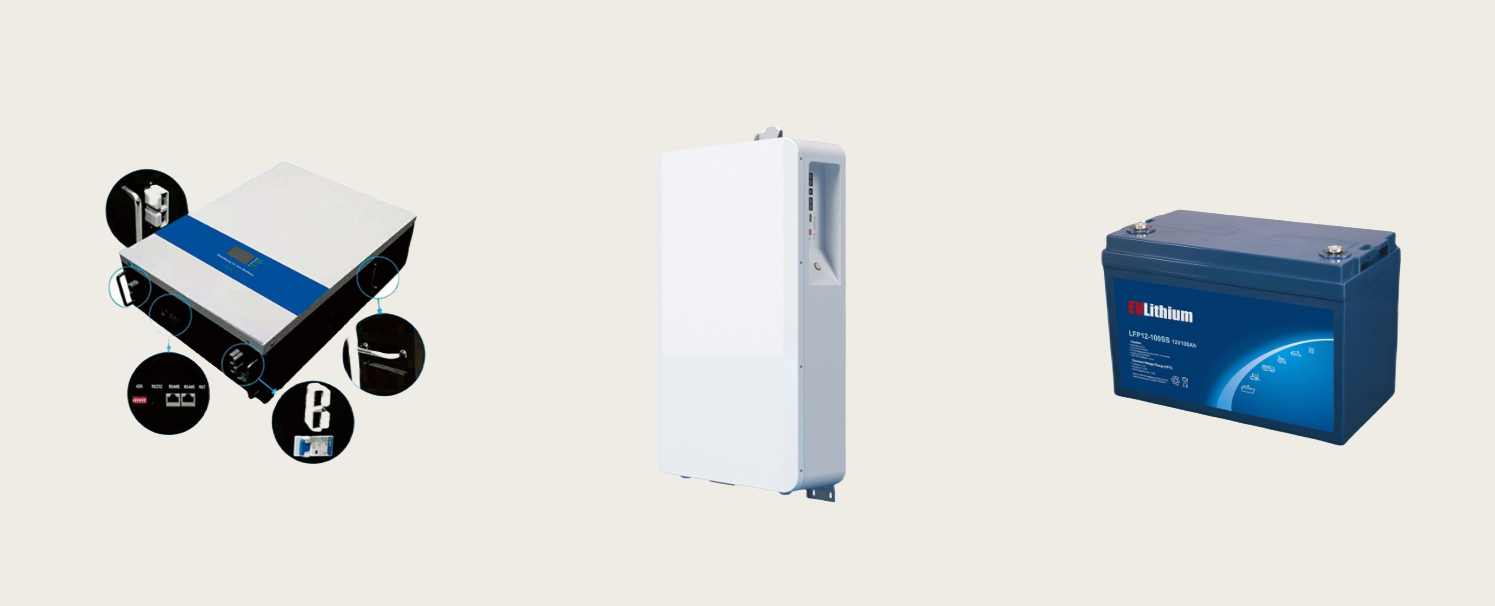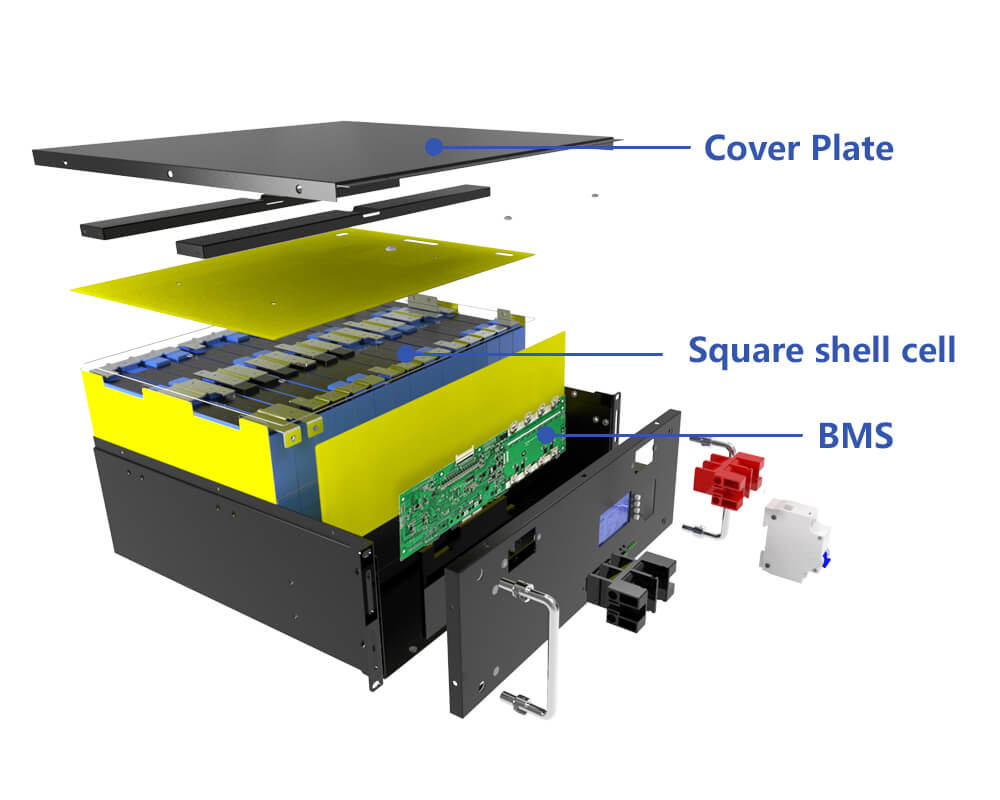Exploring the Excellence of 48V 100Ah LiFePO4 Batteries
Exploring the Excellence of 48V 100Ah LiFePO4 Batteries
Introduction to LiFePO4 Technology
In the realm of energy storage solutions, innovation is the name of the game. Among the many options available, Lithium Iron Phosphate (LiFePO4 cell) cells have carved out a niche for themselves due to their superior safety and longer life span compared to traditional lithium-ion alternatives. The 48V 100Ah LiFePO4 battery, in particular, stands out for its robust performance, making it an ideal choice for a range of applications—from electric vehicles to renewable energy systems.
Why Choose 48V 100Ah LiFePO4 Batteries?
The 48V 100Ah LiFePO4 battery combines high capacity and efficient voltage output, delivering a perfect balance for both energy consumption and storage. The 48V configuration is especially beneficial for systems that require significant power, providing a feasible solution for both residential and commercial uses. Additionally, the impressive 100Ah capacity allows for extended usage without frequent recharging, enhancing convenience and operational efficiency.

Safety and Stability: Key Features
One of the standout features of LiFePO4 battery technology is its inherently stable chemistry. Unlike other lithium batteries, LiFePO4 cells are less prone to overheating and thermal runaway, making them a safer option for various applications. This stability not only extends the battery’s life cycle but also provides peace of mind for users, particularly in high-demand situations. Coupled with built-in Battery Management Systems (BMS), these batteries ensure optimal performance and safety during operation.
Performance and Efficiency
The performance of the 48V 100Ah LiFePO4 battery is nothing short of impressive. With a high discharge rate, it can provide power quickly when needed, making it ideal for applications that require instantaneous energy, such as electric propulsion systems in vehicles. Moreover, its efficiency in charging and discharging cycles contributes to minimized energy loss, ensuring that most of the stored energy is usable. This makes it not only a powerful choice but also a cost-effective one in the long run.
Environmental Benefits
In today’s eco-conscious world, the environmental impact of our energy choices cannot be overlooked. LiFePO4 batteries are an excellent alternative to traditional lead-acid batteries, as they are recyclable and have a much lower environmental footprint. Their longevity also means fewer batteries need to be produced over time, further reducing waste and resource consumption. By opting for a 48V 100Ah LiFePO4 battery, users contribute to a sustainable future while benefiting from advanced technology.
Applications in Real Life
The versatility of the 48V 100Ah LiFePO4 battery is evident in its wide range of applications. Electric vehicles utilize these batteries for their ability to sustain longer journeys without frequent recharges. In addition, they serve as reliable power sources for solar energy systems, ensuring efficient storage of solar energy for later use. Other applications include backup power systems for homes and businesses, uninterruptible power supplies (UPS), and in recreational vehicles. The list goes on, showcasing the battery’s adaptability.
Conclusion: The Future of Energy Storage
As energy storage technology continues to evolve, the 48V 100Ah LiFePO4 battery stands out as a frontrunner thanks to its performance, safety, and environmental benefits. Whether you are considering enhancement in your electric vehicle, seeking efficient solar energy storage, or looking for a reliable backup power source, this battery offers a compelling solution. Embracing LiFePO4 technology is not just a step towards better energy management, but also a commitment to sustainability and efficiency in everyday life.

